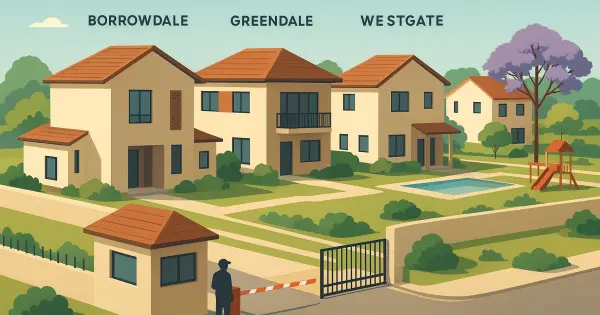In the last instalment, we began to examine the role of macroeconomic factors on property prices. It’s a rather daunting piece if you don’t have prior knowledge but we will try to keep things simple and use everyday language. Terms, whenever they are used, are defined in ways you can understand.
Just to recap we said the macro-economic environment is made up of factors that you as a homeowner, buyer or potential buyer have very little control over. Generally, they tend to affect the economy as a whole rather than you as an individual. They can be split into:
The political and legal environment within which a property is located
The economic environment
The demographic and social environment
The natural environment
The technological environment
In the first piece, we examined the first two aspects of the macro-economic environment in greater depth. I must add that our examination was not definitive. It was meant to give you insight into what goes into the price of a house. Now let us examine the remaining factors.
The impact of Demographics and the social environment on house prices
At first glance, there does not seem to be any relationship between demographics and the price of a house. By the way, demographics refer to aspects of the population of a given country or region. This includes population size, density, age, ethnicity, gender, income and employment. We have already looked at the impact of income and employment levels on property prices but population density and size have an impact too. Property prices in densely populated areas tend to be very steep. Compare the prices of houses in urban and rural areas. In urban areas, more people per square kilometre means more demand for land and thus higher prices. You can buy a large rural farm with the money it takes to buy a high-density house.
You might be thinking surely the median or average age of a given population doesn’t have any influence on the price of properties within that area. Think again. Property owners tend to be older people who have worked and saved. These tend to own the means of capital, unlike the youths who are just getting into the employment market. In areas where older people live, property prices tend to be higher than in areas where you see mostly younger people.
The natural environment and its impact on property prices
Thanks to nature, some areas are generally more desirable to live in than others. Properties in remote towns and villages with scenic beauty fetch more prices than properties in normal towns. We have chalets in Nyanga selling for steep prices even though the areas are remote and far away from the capital. The same applies to properties in tourist destinations. This effect has become even more pronounced in this era of Airbnb where you can rent out your house to strangers via the internet.
While this doesn’t apply to Zimbabwe, in countries like Dubai and the state of Florida in the United States property prices are higher because they are built-in inhospitable locations in defiance of nature. The houses require a lot of resources to be habitable including artificial cooling, they need to be bigger and airy. Properties in these areas sell for millions. The same applies to houses built on beaches. Their prices are higher due to the steep prices of the land upon which they are built.
The impact of technology on property prices
The final aspect we will look at is technology. In general, technological advancements means that bigger and better houses can be built at a faster rate. More houses mean more supply compared to demand and therefore when you have better technology being employed by construction companies you end up having cheaper houses. This is part of the reason why Zimbabwean houses appear more expensive compared to South African houses. The cost of building is cheaper in South Africa thanks to better technology.
Here most builders don’t even use a concrete mixer to make concrete. This means in the end building each house takes longer and is a labour-intensive process. That labour has to be paid for when the house is finally put up for sale and you can bet the cost will be incorporated in the final price.
That’s it for the macro-economic environment factors that affect the price of a house. See you in the next instalment when we discuss how location influences the price of a property.
Powered by Froala Editor




